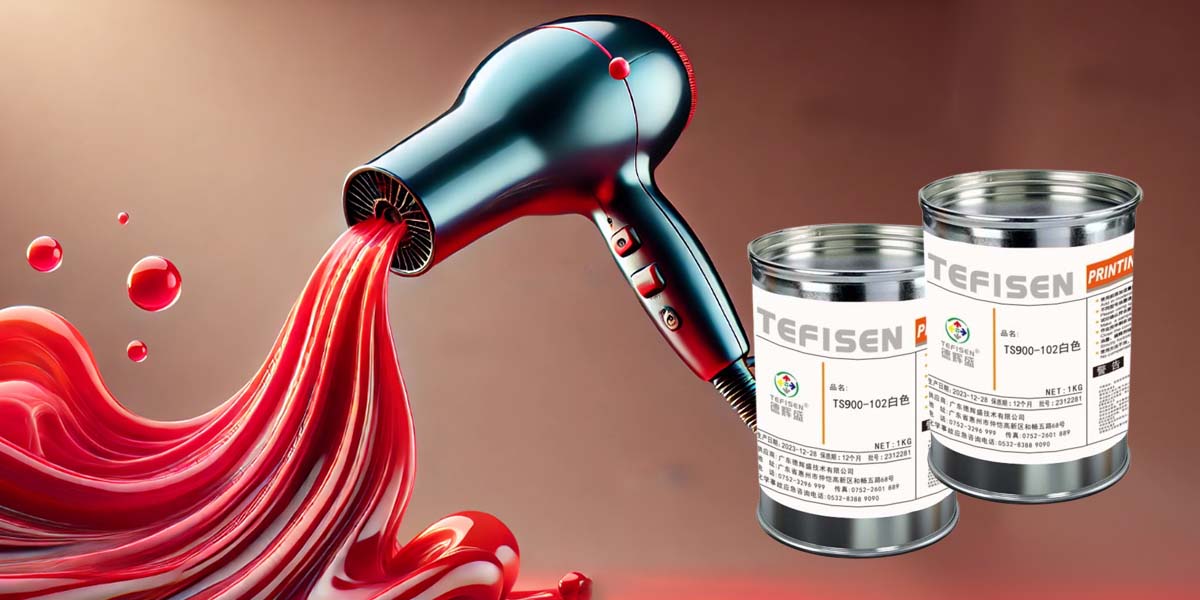Eco-friendly Inks: Unlocking the REACH 242 SVHC List for a Green Future
【Summary】With the EU REACH regulation's Substances of SVHC list updated to 242 items, the pad printing industry faces new environmental challenges, particularly in ink formulations. REACH aims to control the environmental and health impacts of chemicals, and ink manufacturers must ensure their products are free from restricted substances and comply with standards. UV curable inks & water-based inks are becoming mainstream in the eco-friendly ink market due to their low volatile organic compound (VOC) emissions.

With the continuous updates of the EU REACH regulation, the 32nd batch of the SVHC list, released in November 2024, has expanded to 242 items. This updated list presents new compliance challenges for the ink industry, particularly in inks widely used in pad and screen printing applications. To meet market environmental requirements, ink manufacturers are accelerating the shift to eco-friendly inks to ensure product safety and sustainability in compliance with international standards.
1. Update of REACH Regulation: From Chemical Management to Environmental Responsibility
The core of the REACH (Registration, Evaluation, Authorization, and Restriction of Chemicals) regulation is the requirement that all chemicals sold in the EU market must be registered, evaluated, and authorized, subject to strict usage restrictions. The newly added SVHC list includes chemicals that could potentially have adverse effects on human health and the environment. With each REACH update, the chemical and downstream industries must reassess the compliance of raw materials, especially in ink formulations, ensuring that no restricted substances are included.
With the list growing from the previous 233 items to 242, many of the newly added SVHC substances are potentially carcinogenic, mutagenic, or toxic to reproduction, or exhibit persistence, bioaccumulation, and toxicity. This means stricter formulation controls are necessary for the ink industry, which must seek more eco-friendly raw material alternatives.
2. Growth in Demand for Eco-friendly Inks: Data-driven Market Transformation
According to EU statistics, over 80% of industrial products use various types of chemical inks, including for applications such as screen printing, pad printing, and label printing. As environmental regulations tighten, the eco-friendly ink market is expected to grow at a rate of over 10% annually. In Europe, the market share of eco-friendly inks reached approximately 45% in 2023, and this proportion is expected to continue to rise.
Eco-friendly inks typically include the following types:
• Water-based Ink (TEFISEN TS1050S Water-based Ink): Low VOC content, suitable for a wide range of materials such as plastic, glass, and ceramics. Water-based inks have less impact on the environment and human health, with a market growth rate of about 12% annually.
• UV Curable Ink (TEFISEN TS900 UV Curable Ink): Green, solvent-free, and pollution-free. As it is cured using UV light during production, no pollutants are generated. Currently, UV curable inks are widely used in the packaging sector, accounting for around 25% of the total market share in 2023.
3. SVHC List and the Need for Substitution in Ink Ingredients
With the increase in the SVHC list, some commonly used solvents, plasticizers, and pigment components in ink formulations may gradually be phased out. For example:
• Phthalates: These plasticizers are often used to increase flexibility but are potentially harmful to the reproductive system, making them a common substance on the SVHC list. Eco-friendly inks typically use phthalate-free formulations to avoid such substances.
• Heavy Metals: Heavy metals such as lead and cadmium cause significant environmental pollution, and eco-friendly inks are replacing these with non-heavy metal pigments. For instance, the use of bio-based pigments and natural ingredients can reduce the risk of heavy metal contamination.
4. Environmental Compliance and Sustainable Development Strategies in Ink Companies
To meet REACH regulations, ink manufacturers are adopting various strategies for sustainable development, including:
• Development of Low SVHC Formulations: In 2023, several major European ink manufacturers transitioned over 40% of their product lines to "low VOC" or "zero SVHC" formulations. By 2025, this proportion is expected to exceed 60%.
• Supply Chain Monitoring: By evaluating and monitoring raw material suppliers, ink companies can ensure that all their materials meet the latest SVHC requirements. Around 85% of companies have implemented automated systems to track chemical compliance.
• Lifecycle Management: More and more companies are adopting lifecycle analysis methods, ensuring that every stage of a product, from design to disposal, meets environmental standards.
5. Opportunities and Challenges in the Ink Industry for the Future
Despite the increased compliance costs, the market opportunities brought by eco-friendly inks are clear. Data shows that the number of brands choosing eco-friendly inks has increased by over 15% in the past three years, and customer acceptance of eco-friendly products has significantly risen. In the coming years, eco-friendly inks are expected to become the mainstream, accounting for over 60% of the global ink market share. The demand for eco-friendly inks in packaging, food containers, and consumer electronics is growing faster than in other industries, presenting new business opportunities for ink companies.
With the continuous updates to the REACH regulation, the eco-friendly transformation of the ink industry is not only a legal requirement but also a key factor in market competitiveness. By adopting green chemistry technologies and strengthening supply chain management, ink manufacturers can achieve long-term market advantages while meeting compliance requirements.

